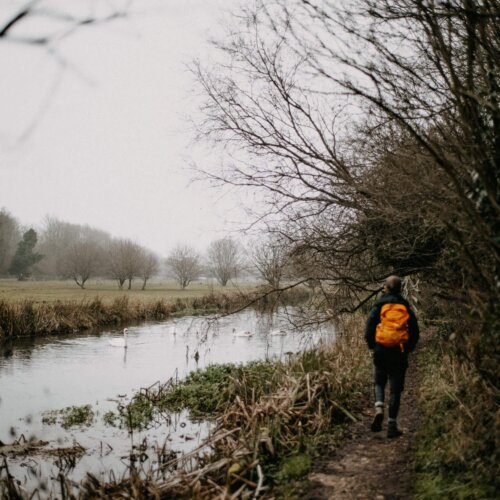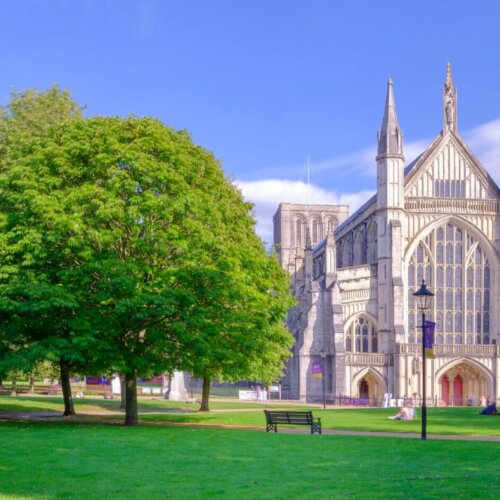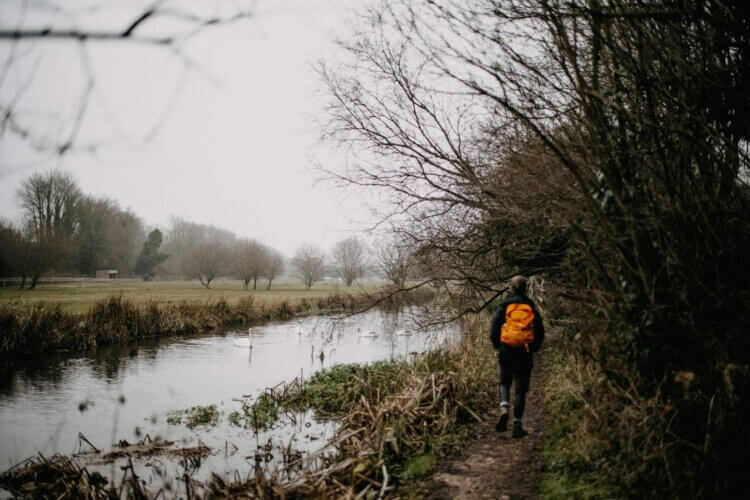Embark on a serene journey along Hampshire’s historic Itchen Navigation, a perfect escape easily accessible without a car
Discover the tranquil beauty of the Itchen Navigation, a true gem winding its way through the heart of Hampshire. This historic waterway offers a peaceful retreat for those looking to immerse themselves in nature and local heritage without the need for a car. Stroll along its well-maintained towpaths, where you can spot diverse wildlife, from kingfishers darting by to graceful swans gliding on the water.
The path, often shaded by ancient trees, reveals fascinating glimpses into the past with its preserved locks and old mill structures. Starting conveniently from Winchester, which is easily reached by train and bus, you can simply step off your public transport and straight onto the towpath. Combine your peaceful walk with a visit to Winchester’s historic cathedral or charming independent shops, all within easy walking distance of the Navigation’s start.


